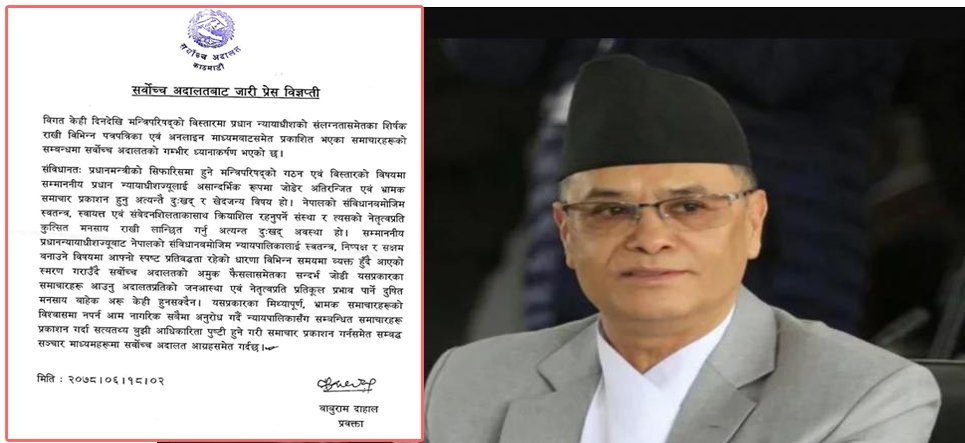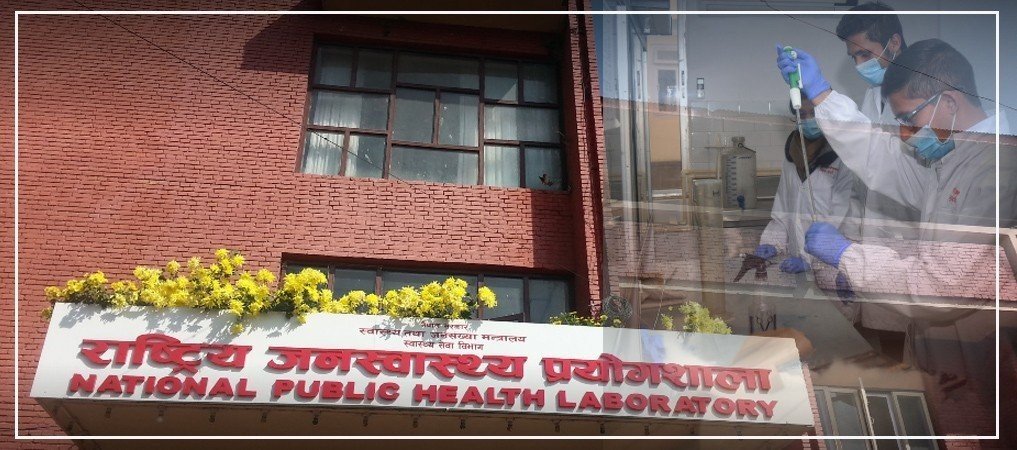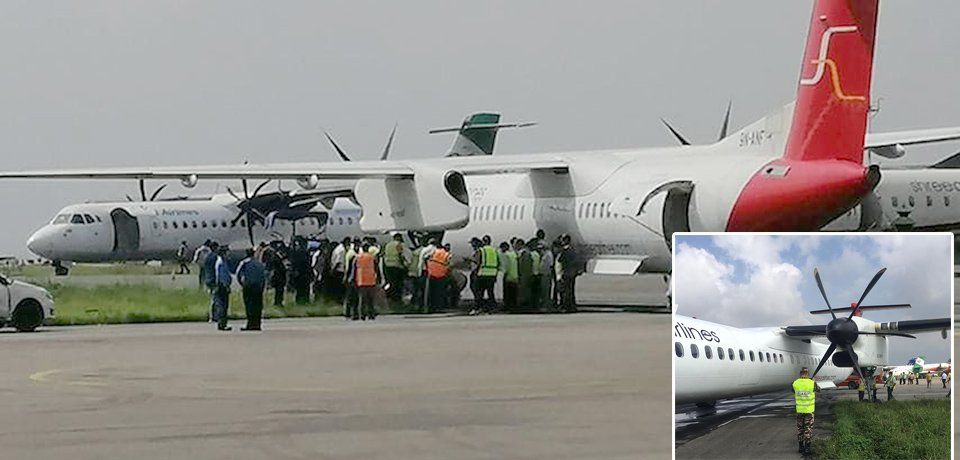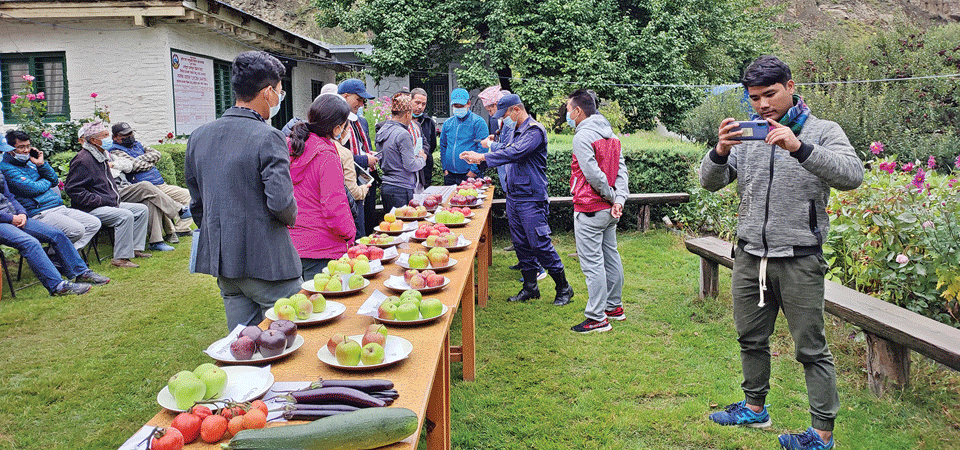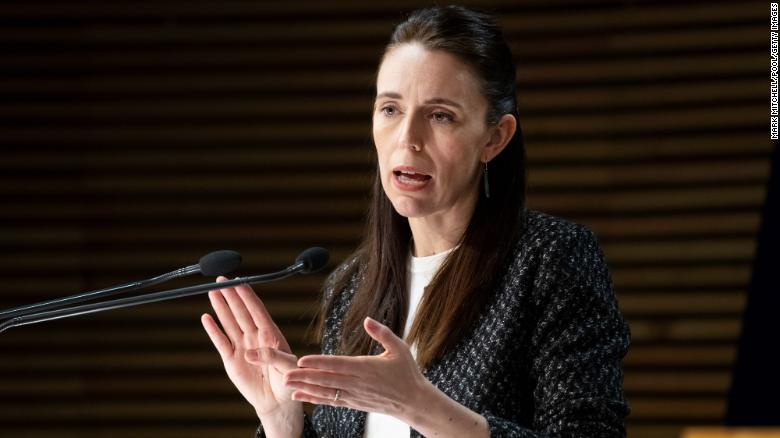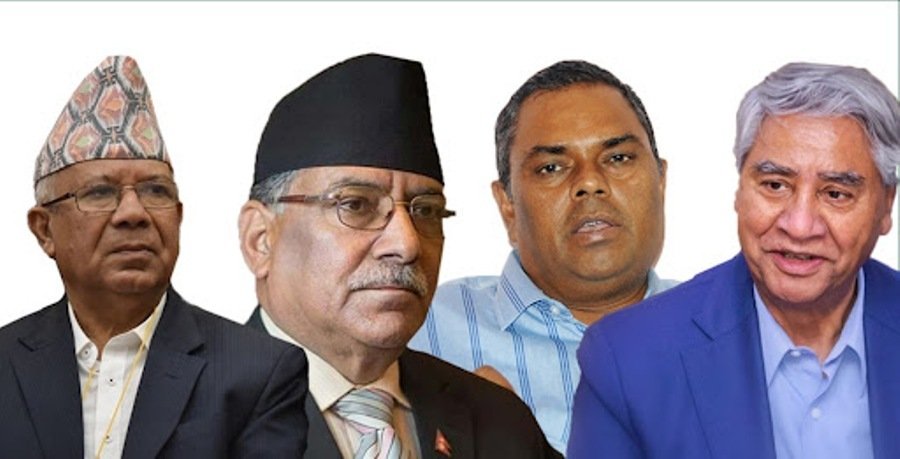NNPs share only 24% of Capex as execution challenges remain the same

NNPs share only 24% of Capex as execution challenges remain the same
By Ajay Chhetri, Kathmandu, Feb. 14: Of the total capital expenditure (capex) spending, only 24 per cent has been spent for the implementation of the national pride projects in the first half of the current fiscal year (FY).
The Half Yearly Evaluation Report of the budget expenditure 2021/22 released by the Ministry of Finance (MoF) showed that Rs 48.4 billion in aggregate is spent for capital expenditure in the current FY in which the capital expenditure of Rs 11.6 (24%) is spent to progress the works of the national pride projects (NNP).
Meanwhile, the size of the capital expenditure amount spent in the first half of the current FY remained slightly smaller than the amount spent in the same span of the previous FY. The report displayed that the capital expenditure amount got reduced to Rs 11.6 billion in the current first half while it was Rs 12.22 billion in the same span of the previous FY for NNP.
The report noted that only the Upper Tamakoshi Hydropower project is completed, the remaining projects are in the development phase.
The government has allocated Rs. 66.4 billion to expedite the development of the NNP in the current FY. This amount comprises 17.5 per cent of the total capital expenditure of Rs. 378 billion of the current FY.
However, the reports pointed out that every year the same reasons stand for the sluggish spending in the NNP. The common challenges being displayed are the absence of NNP specific legal framework for its effective implementation, declaring project as NNP and starting procurement activity without a complete feasibility study, challenges arising in land acquisition and rehabilitation, absence of clear standard framework requires for the coordination between the federal, provincial and local level for the execution of the projects, insufficient skilled human resources, and construction equipment and sporadic obstruction from locals.
In the backdrop of the low economic growth of Nepal, the government should focus on augmenting Capex. It will not only create demand and sustain growth, the outlay of the government fund in the form of investments or development spending creates assets to generate revenue in the future. Specifically, acceleration of NNP will enhance the infrastructure that provides a return for a longer period and boosts up private investment. Subsequently, it will have multiplier effects on the economy that could generate employment opportunities for the working class.
Former finance secretary Rameshor Khanal said that increment in the capital expenditure will support enhance the national productivity capacity and general national income in the longer term. This will reduce the cost of input which ultimately helps gain consumer surplus. An increment in the capital expenditure will reduce the incremental capital-output ratio (ICOR) which is the measure of improvement of production efficiency of country investment. If total factor productivity (TFP) is higher, the ICOR will reduce or vice-versa. ICOR of Nepal is approximately 5 which is comparatively higher than that of India and China. The ICOR of China is around 0.68 while the Indian ICOR hovers around 3.5. He said that if the government has to reach a 7 per growth rate in the current FY, it should be able to add production by Rs. 290 billion. He said that Nepal's public procurement act is better than that of India, China, the World Bank, and the Asian Development Bank (ADB).
He said that public institutions should be highly effective and proactive to gear up the size of the capital expenditure.
Recent News

Do not make expressions casting dout on election: EC
14 Apr, 2022
CM Bhatta says may New Year 2079 BS inspire positive thinking
14 Apr, 2022
Three new cases, 44 recoveries in 24 hours
14 Apr, 2022
689 climbers of 84 teams so far acquire permits for climbing various peaks this spring season
14 Apr, 2022
How the rising cost of living crisis is impacting Nepal
14 Apr, 2022
US military confirms an interstellar meteor collided with Earth
14 Apr, 2022
Valneva Covid vaccine approved for use in UK
14 Apr, 2022
Chair Prachanda highlights need of unity among Maoist, Communist forces
14 Apr, 2022
Ranbir Kapoor and Alia Bhatt: Bollywood toasts star couple on wedding
14 Apr, 2022
President Bhandari confers decorations (Photo Feature)
14 Apr, 2022



